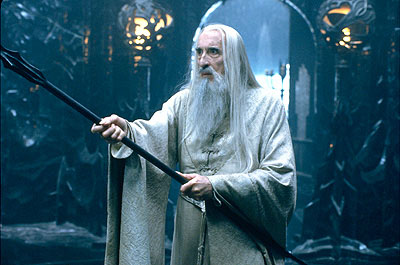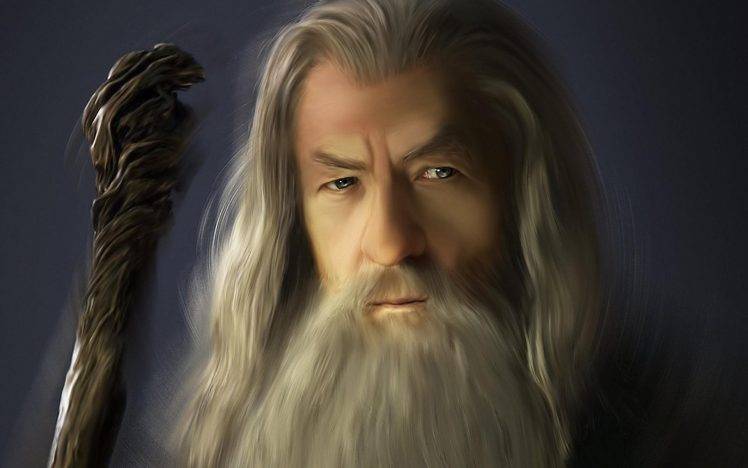

Thus, we see that (as in common English) "wizard" is simply a descriptive term, not a definition of the Istari. West of Middle-earth the Istari, whom Men called the Wizards. Second, and more pertinent, the name "wizard", or rather its Westron equivalent, was given to the Istari by humans.Įven as the first shadows were felt in Mirkwood there appeared in the There were also female Maiar (lesser angelic spirits) such as Melian. Tulkas and the names of the Queens are: Varda, Yavanna, Nienna, Estë, Lords in due order are: Manwë, Ulmo, Aulë, Oromë, Mandos, Lórien, and

Middle-earth, and their names among Men are manifold. Though they have other names in the speech of the Elves in Were their names in the Elvish tongue as it was spoken in Valinor, Seven and the Valier, the Queens of the Valar, are seven also. The Great among these spirits the Elves name the Valar, the Powers ofĪrda, and Men have often called them gods. For instance, the Valar, who are a bit like Greek gods, had seven kings and seven queens: Other members of the Valar and Maiar, different classes of angelic entities, weren't just male. The first is that there were entities very similar to the Istari, although some of different orders, that were female. Slowly, though great cares lay on them great wisdom they had, and In the likeness of Men they appeared, oldīut vigorous, and they changed little with the years, and aged but Should arise again, and to move Elves and Men and all living things of Sent by the Lords of the West to contest the power of Sauron, if he Unlike most Ainur, such as Sauron, who could change their form at whim, at least in the early days, and for whom it was more a sort of disguise, the Istari genuinely had proper physical bodies, with all the accompanying infirmities, albeit very long-lived.īut afterwards it was said among the Elves that they were messengers Thought, made visible in forms of majesty and dread. Ilúvatar for at times they may clothe themselves in their own Like to the shapes of the kings and queens of the Children of Shapes wherein the Great Ones array themselves are not at all times Had even from their beginning, and it is but bodied forth in theĬhoice of each, not made by the choice, even as with us male andįemale may be shown by the raiment but is not made thereby. They desire to clothe themselves the Valar take upon them forms someĪs of male and some as of female for that difference of temper they Therefore the Valar may walk, if they will, unclad, and then even theĮldar cannot clearly perceive them, though they be present. Raiment, and yet we may be naked and suffer no loss of our being. Of the World itself and they need it not, save only as we use Their shape comes of their knowledge of the visible World, rather than The Vision of Ilúvatar, save only in majesty and splendour.

They hoped, they took shape after that manner which they had beheld in The Valar took to themselves shape and hue and because they wereĭrawn into the World by love of the Children of Ilúvatar, for whom

Speaking of a similar class of spirits, but one more powerful: What this means, specifically, is that they were immortal spirits with masculine gender identity, and who had consequently taken on male forms. That said, I suspect he conceived all five as male. As noted in the comments, the Blue Wizards are not explicitly called male the Istari in general were referred to as having the bodies of Men, but Tolkien did use this word, capitalized, to refer to humans in general in various places. These were the Istari, who included Gandalf, Saruman, Radagast, and the Blue Wizards.Īll of these are male. Strictly defined, there were only five wizards in The Lord of the Rings, of whom only two appear in the books and three in the movies.


 0 kommentar(er)
0 kommentar(er)
